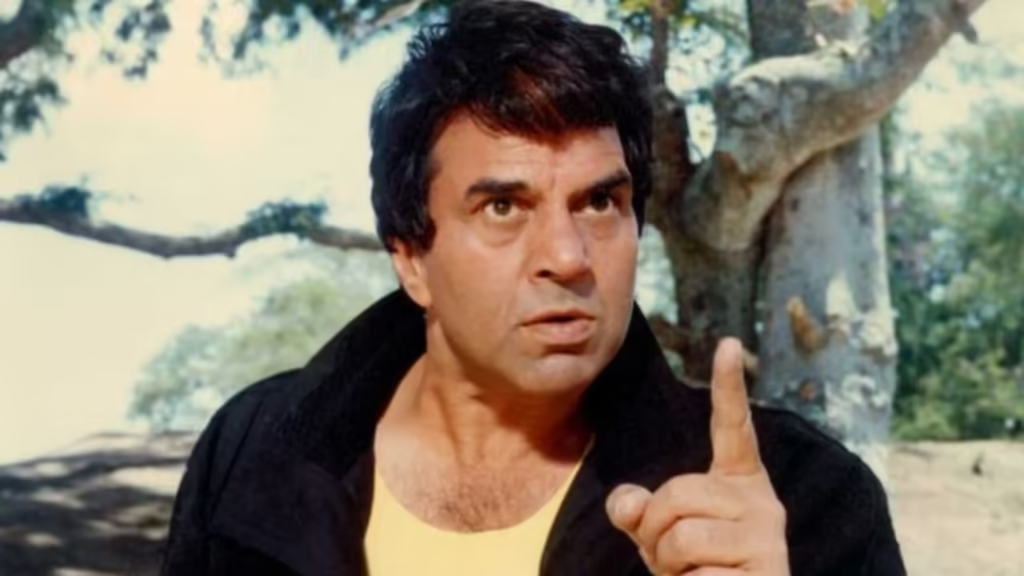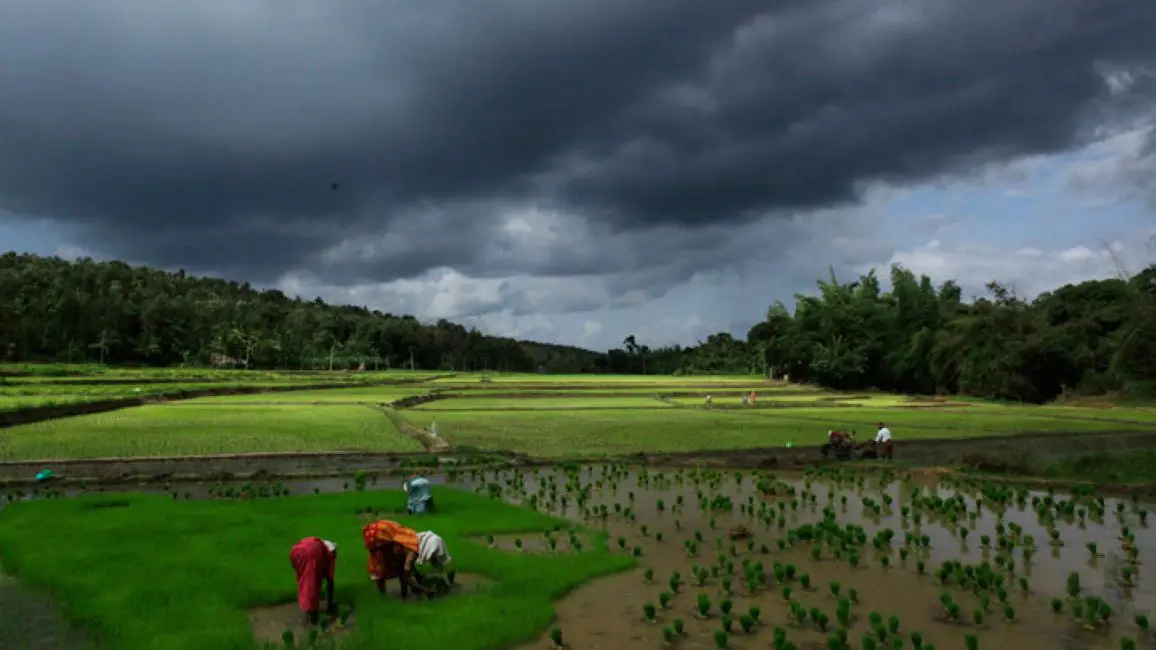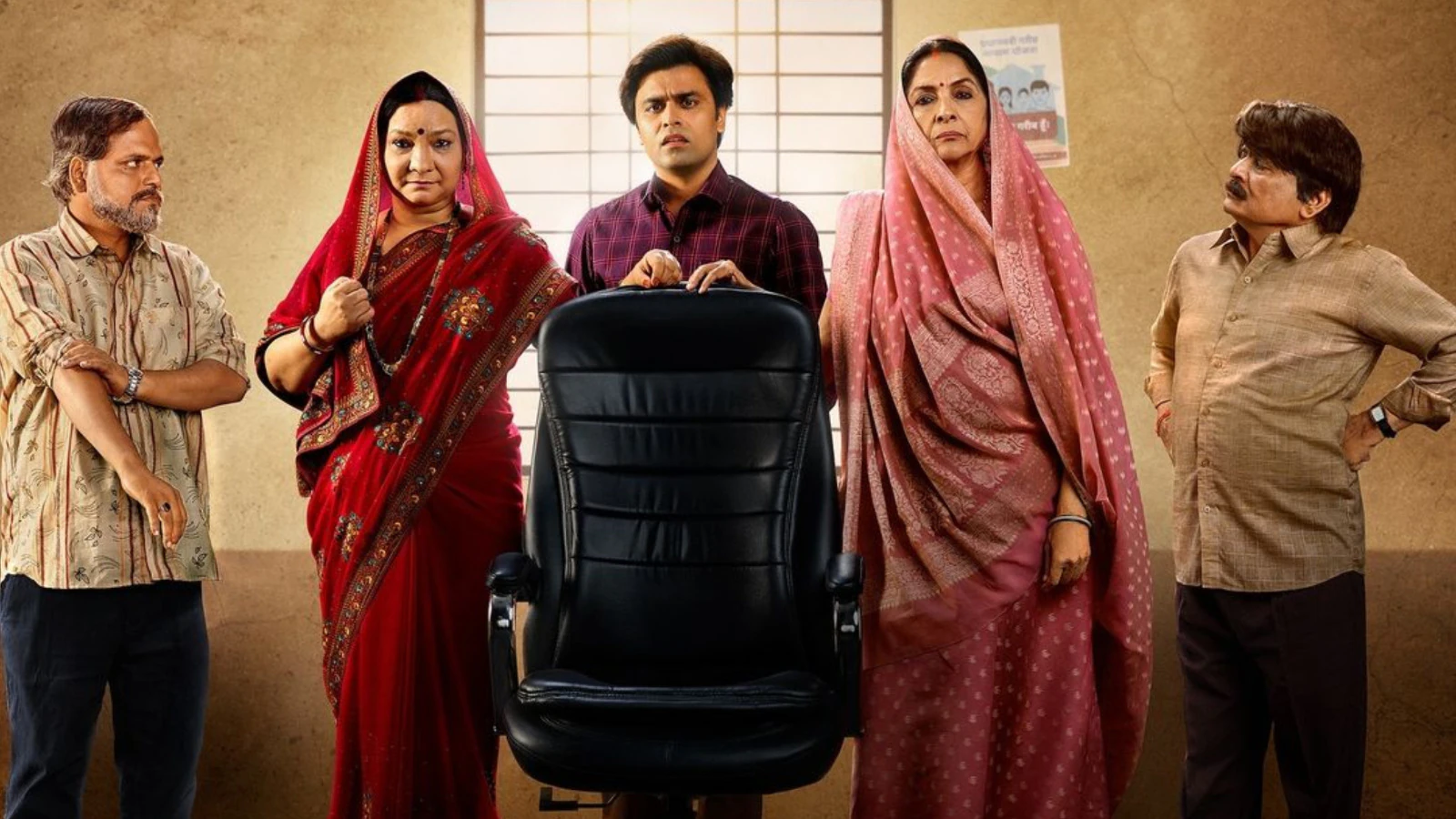Now Reading: Kalki 2898 AD Breaks Day 5 Box Office Records: Can South Indian Cinema Keep This Momentum?
-
01
Kalki 2898 AD Breaks Day 5 Box Office Records: Can South Indian Cinema Keep This Momentum?
Kalki 2898 AD Breaks Day 5 Box Office Records: Can South Indian Cinema Keep This Momentum?

South Indian cinema continues to make waves across India’s entertainment landscape, and the latest success comes in the form of Kalki 2898 AD. The futuristic action epic has shattered box office expectations, posting record-breaking numbers by Day 5. With strong performances in Hindi-speaking regions and Tier-2 cities alike, the film’s success raises a bigger question—can South Indian films sustain this momentum in a changing national market?
A Strong Opening and Sustained Buzz
Kalki 2898 AD, starring Prabhas, Deepika Padukone, and Amitabh Bachchan, opened to packed theatres and rave audience responses. Within five days, the film has grossed over ₹500 crore globally, outperforming many recent pan-India releases.
What’s notable is the strong hold in non-traditional markets. Screens in Tier-2 cities like Nagpur, Indore, Coimbatore, and Vizag reported near-full occupancy through the weekend, indicating the film’s wide demographic appeal.
Genre Innovation and Pan-India Strategy
The film’s futuristic setting and high-end VFX have set it apart from the typical action or historical dramas that dominate mainstream cinema. Audiences have responded positively to the visual scale and genre experimentation—an area South Indian filmmakers have been exploring more confidently in recent years.
Additionally, the production team’s focus on multilingual release strategy and pan-India promotional tours appears to have paid off. Dubbed versions in Hindi, Tamil, and Malayalam have all performed well, showcasing a model that blends regional roots with national ambition.
The Role of Tier-2 and Regional Markets
Much of Kalki 2898 AD‘s strength has come from audiences outside major metros. In smaller cities, where cinema remains a primary form of entertainment, the film’s scale and star power have drawn crowds in large numbers.
Affordable ticket pricing in Tier-2 multiplexes and single screens, combined with local fan followings, has helped boost earnings. Moreover, the rise of social media and fan-driven promotions has played a key role in generating buzz beyond traditional media.
Can the Momentum Continue?
While Kalki‘s success is promising, sustaining such momentum will require consistency in content quality, marketing, and cultural connect. Not every big-budget film has found similar acceptance—recent examples show that audiences are quick to reject weak scripts, even with A-list casts.
South Indian cinema’s advantage lies in its rooted storytelling combined with technical innovation. If upcoming films manage to maintain this balance, the region could continue to lead India’s cinematic evolution.
Conclusion: A New Era for Indian Cinema?
Kalki 2898 AD marks another high point for South Indian cinema on the national stage. Its Day 5 box office success reflects not just fandom, but a broader shift in what Indian audiences are ready to embrace—from new genres to regional storytelling styles.
Whether this momentum can be turned into long-term dominance will depend on what comes next—but for now, the film industry, and its growing Tier-2 fanbase, are watching closely.

























